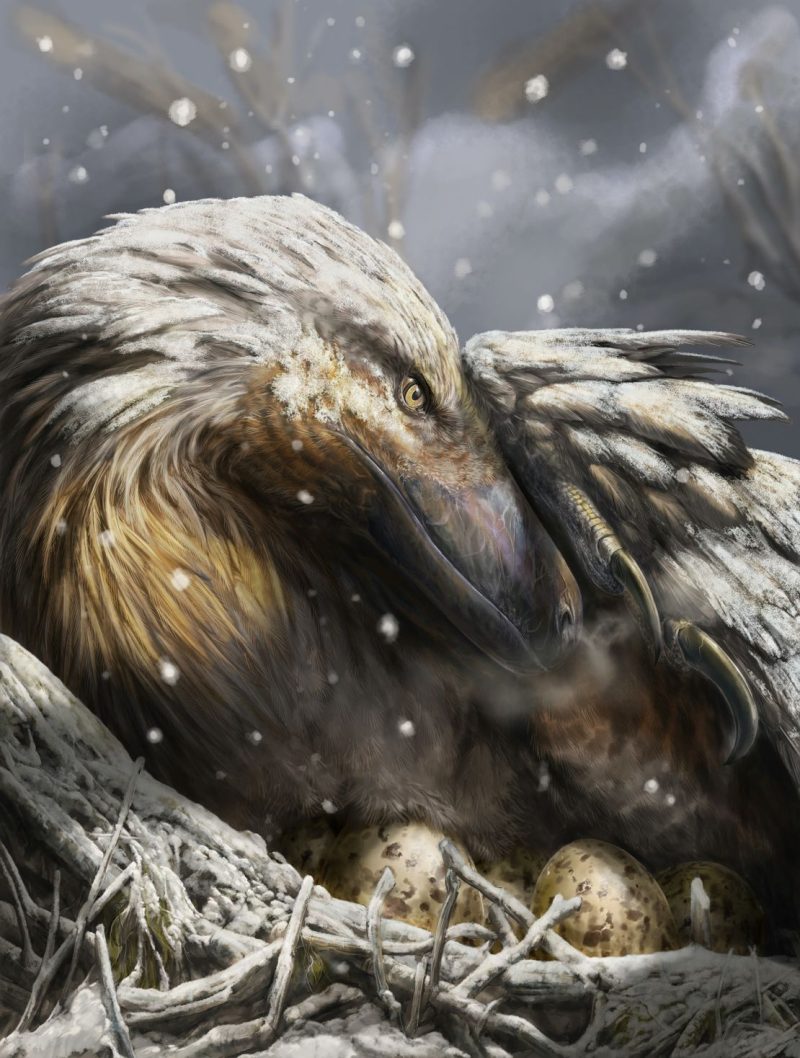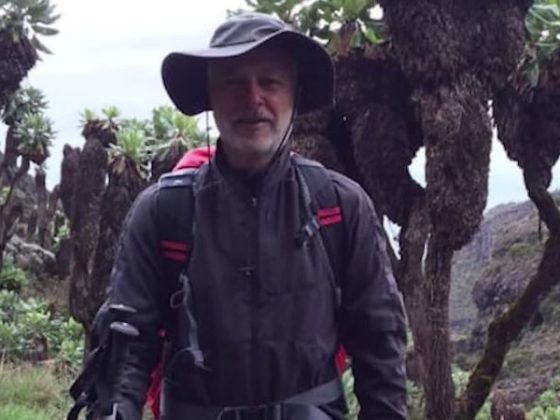Dinosaur means “terrible lizard.” The idea that the prehistoric creatures were scaly, sluggish reptiles with sprawling postures that dragged their tails through tropical swamps is deeply imprinted in the collective imagination.
However, science now has a more nuanced understanding of the diversity of dinosaur physiology. Many dinosaurs sported brightly colored feathers like birds. Dinos lived in many different ecosystems, including the Arctic, where they would have encountered snow (if not the ice caps of today) and winters devoid of light.
New research this week is adding fresh detail to one of paleontology’s biggest questions: Did dinosaur blood run hot or cold?
Dino-mite
It’s hard to find evidence that unquestionably shows what dinosaur metabolisms were like. Clues from fossilized eggshells and bones have now suggested that some dinosaurs were warm-blooded and others were not.
Gleaning the answer matters because it sheds light on dinosaur behavior. Warm-blooded animals, such as mammals and birds, are more active than their cold-blooded counterparts.
A new study, based on fossils from 1,000 dinosaur species and paleoclimate information, found that the three main dinosaur groups adapted differently, with two of the groups evolving the ability to regulate body temperature in the early Jurassic Period about 180 million years ago.
The research suggested that meat-eating theropods, which included T. rex, and plant-eating ornithischians, such as Triceratops and Stegosaurus, spread to live in colder climates during the early Jurassic Period, indicating that they may have evolved the ability to generate body heat internally.
A long time ago
Researchers have mapped a 40-mile-long extinct section of the Nile River through satellite radar imaging and analysis of sediment.
Ancient Egyptians erected some 31 pyramids, including Giza’s Great Pyramid, along the banks of the now-defunct arm of the river, which the builders likely used to transport stone and other construction materials.
The discovery, buried deep beneath farmland and not visible in aerial photographs, may help archaeologists locate other Egyptian temples and monuments concealed by fields and desert sands that now cover the riverbed.
Trailblazers
In another feat of mapping, a 3D model of a cubic millimeter of brain tissue — smaller than a grain of rice — is now available in staggering detail and beauty, thanks to a collaboration between Harvard University and Google researchers.
A team led by Dr. Jeff Lichtman, a professor of molecular and cellular biology at Harvard, cut the sample into thin sections one-thousandth the thickness of a human hair. Despite the fragment’s tiny size, it contained 57,000 cells, 230 millimeters of blood vessels and 150 million synapses.
The colorized images make the individual components more visible, but they are otherwise a truthful representation of the tissue.
Eventually, the team hopes that observing the brain in this way could help scientists make sense of unresolved medical conditions such as autism.
Climate changed
The patterns of rings in tree trunks — affected by sunlight, rainfall and temperature — provide a climate history for each year of their lives, going back hundreds or even thousands of years.
Tree-ring data from nine regions of the Northern Hemisphere, including North America and Scandinavia, have allowed scientists to reconstruct annual temperatures for Northern Hemisphere summers between the years 1 and 1849 and compare them with last summer’s temperatures.
The summer of 2023 was warmer than any other summer during this 2,000-year period, according to the study.
The temperature then was at least 0.5 degree Celsius (0.9 degree Fahrenheit) warmer than the warmest summer during the period studied, the year 246 — when the Roman Empire still ruled over Europe and the Maya civilization dominated Central America.
Fantastic creatures
Marine scientists have used artificial intelligence to decode previously unknown complexity in the calls of sperm whales.
The whales produced a catalog of clicking sounds, which the researchers described as akin to a “phonetic alphabet” for sperm whales.
Sperm whales produce clicks by forcing air through an organ in their heads called the spermaceti, and these sounds can be as loud as 230 decibels — louder than a rocket launch and capable of rupturing human eardrums.
What sperm whales are saying with their clicks remains a mystery to human ears, but understanding the scope of their vocal exchanges is an important step toward linking their calls with specific behavior.
The wonder
Kick back with these remarkable reads.
— Astronomers have spotted an unusual giant planet as fluffy as cotton candy about 1,200 light-years from Earth.
— Scientists have solved a mystery about giant South American hummingbirds — with the help of tiny tailor-made backpacks.
— Meet the herpetologist trying to save people in India from the dangers of snakebites.
— Etchings found on a castle door in Dover, England, could include graffiti of Napoleon Bonaparte being hanged, according to English Heritage.
And before you go, here’s a Starliner update: The much-anticipated first crewed mission of Boeing’s new spacecraft has been delayed again.


